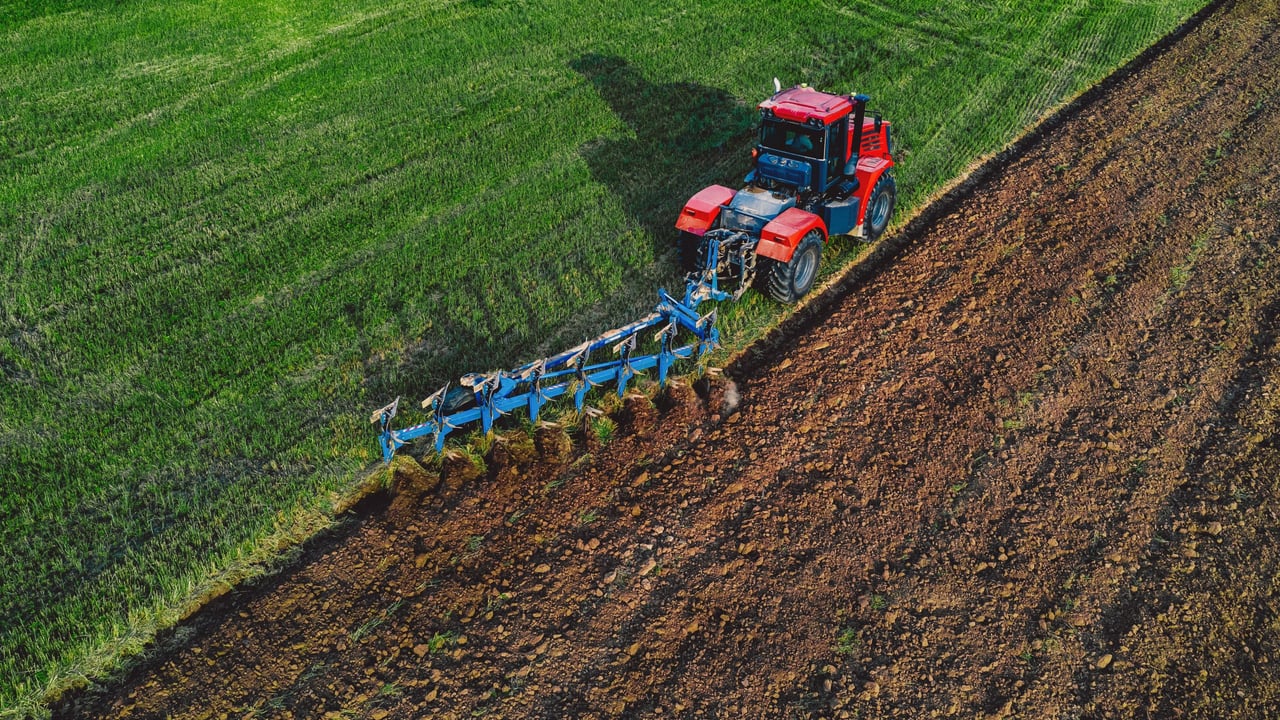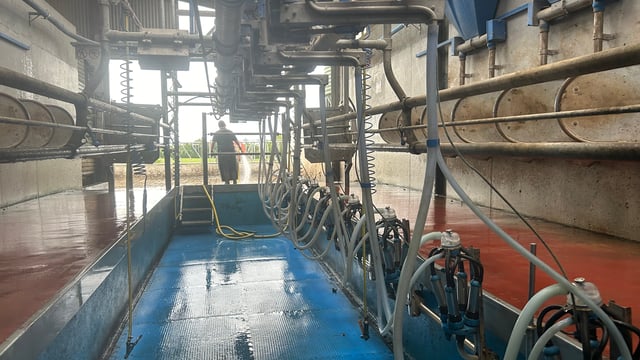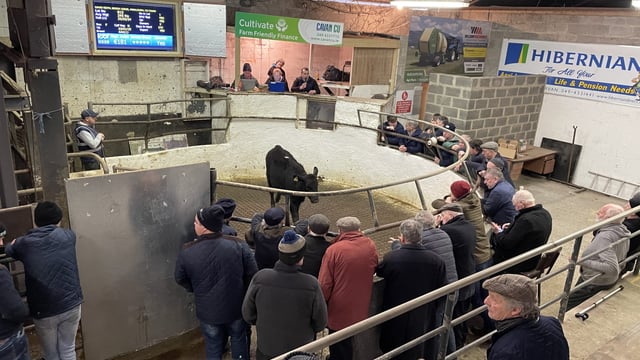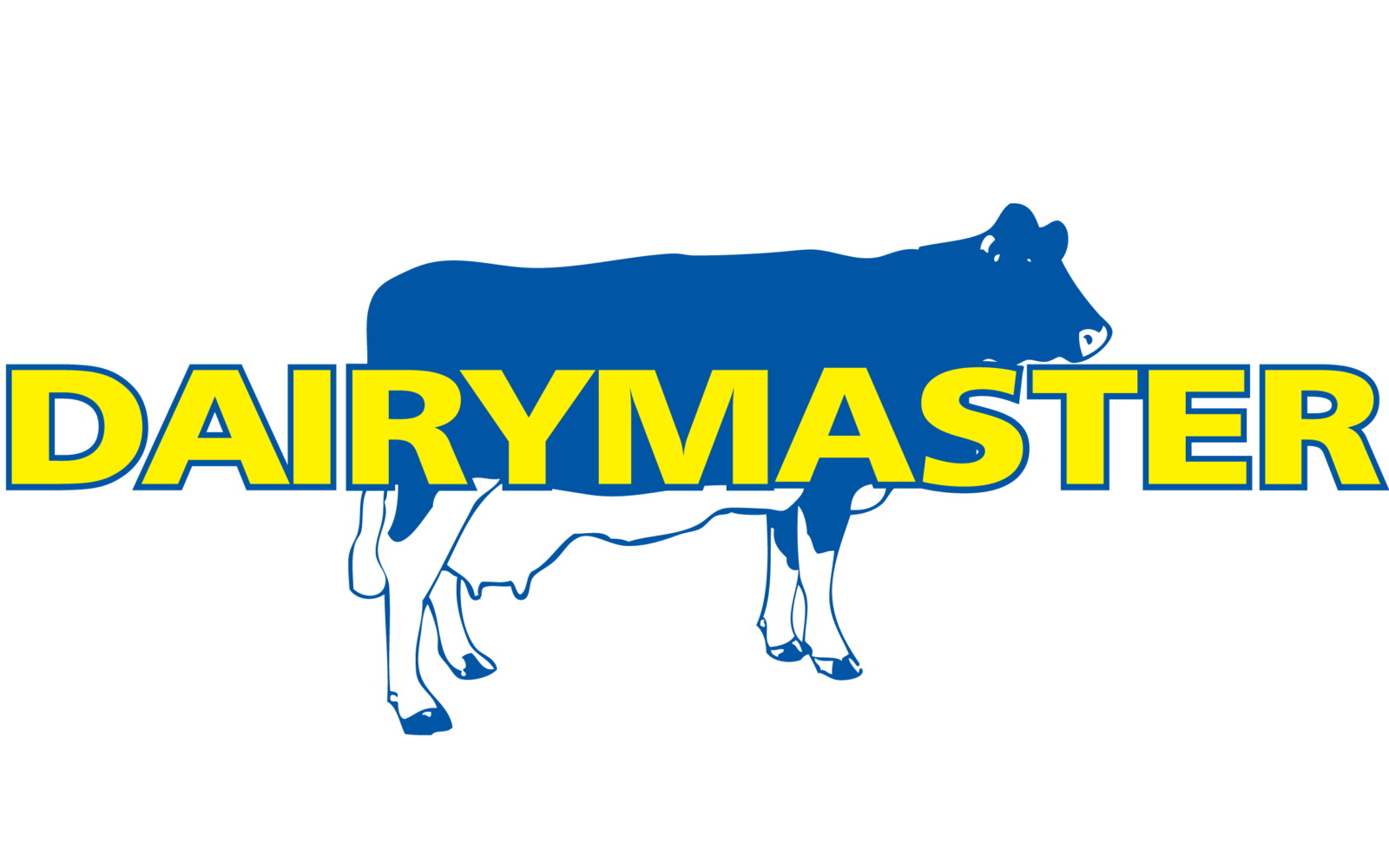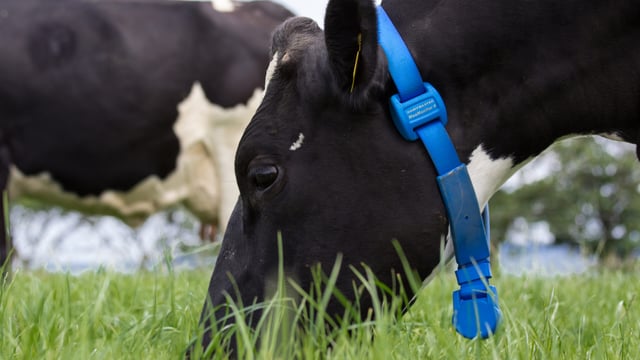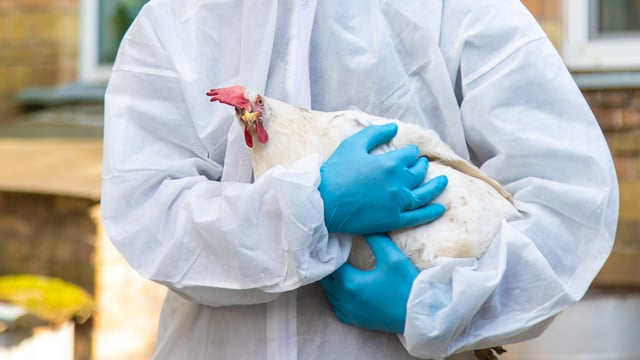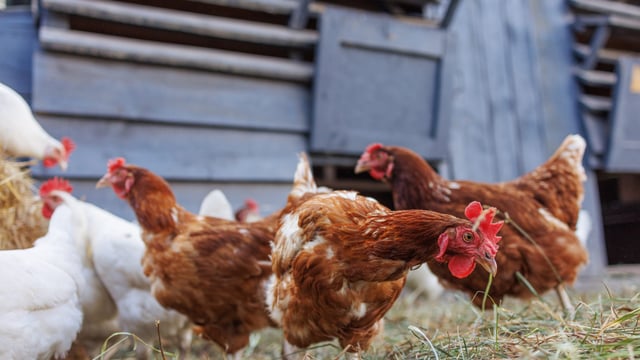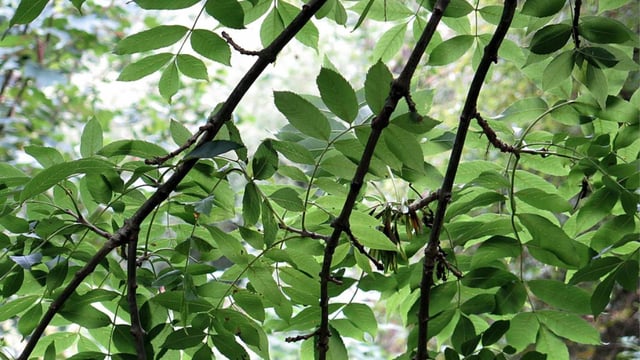Tillage: Plough-based vs non-inversion systems
Research carried out by Teagasc scientists over the past 20 years has confirmed the continuing role for plough-based cultivations. The work was carried out at Knockbeg in Co. Carlow.
Teagasc’s Dermot Forristal explained: “Back in the early 2000s, interest in alternative establishment systems had grown due to potential labour, work rate, cost saving, crop performance, and soil structure benefits.
“As with all new technologies, we needed to validate some of these claims under a long-term trial system to capture the cumulative effects.
"More recently we have incorporated environmental metrics, such as soil carbon and greenhouse gas emissions into our work,” he added.
According to Forristal, the effect of establishment systems (plough versus min-till and straw incorporation) were quantified over a seven-year trial, where continuous winter wheat was the main crop.
Further studies then evaluated various nitrogen application strategies for conventional or min-till systems, and a nine-year study assessed the impact of cultivations and rotations.
Significantly, the work confirmed that performance of continuous winter wheat was often similar between conventional and min-till establishment systems, with the exception of wet years where the performance of the min-till system dipped.
Over the duration of the study, non-plough systems yielded lower costs and higher work rates. However, this was highly dependent on the depth of the min-till operation.
Basing costs at 2024 levels, the Knockbeg work also shows that the cost of crop establishing using a min-till system was 67% that of plough-based systems.
Meanwhile, direct drilling costs were 30% of plough-based systems.
Although a more comprehensive soil carbon analysis is required, the Knockbeg research showed that the cultivation system had relatively little impact on soil carbon levels.
However, min-till systems did increase earthworm and slug populations.
Forristal said: “Non-inversion systems generally are high-output, lower cost, and do provide some soil benefits.
“However, in an Irish context, the benefits can sometimes be overestimated. In our climate, the benefits to soil carbon and greenhouse gases are small, whereas straw incorporation and cover cropping may contribute more.”
As non-inversion tillage systems can be challenged by wet autumns and later springs, Forristal is advising tillage farmers to “take a flexible approach” if opting to implement such systems on their farms.
He is also reminding growers of the grass weed threat associated with min-till systems.
Specifically, Forristal has noted that stale seedbeds, ploughing, and rotations could play an important role in their control going forward.
The reality is that earlier sowing and milder climates, along with herbicide product losses and resistance issues, could see farmers altering their strategies to control grass weeds.

